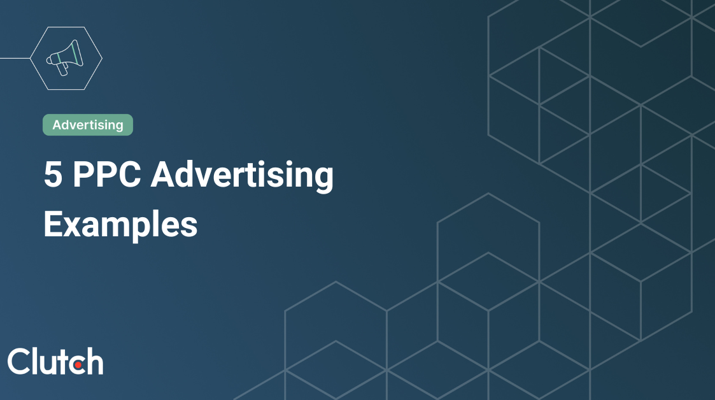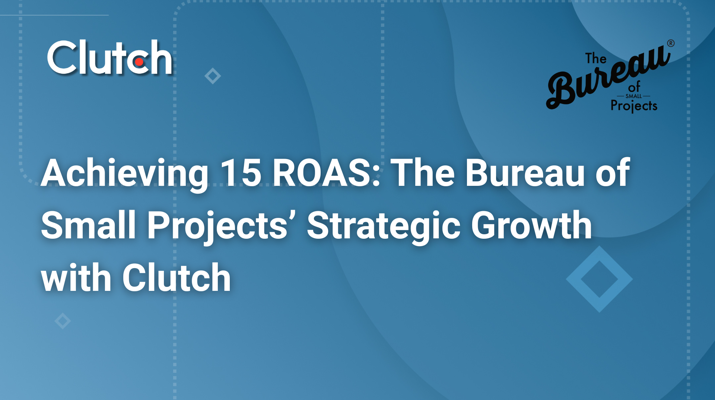

Updated December 19, 2024
Discover the strategic goldmine Google Trends offers marketers, empowering them to craft compelling content, refine campaigns, and resonate with target audiences effectively. Explore the intersection of pop culture phenomena and SEO strategies unveils a captivating realm where Google Trends emerges as a pivotal tool.
In late 2023, Beyonce was on tour. In August, she announced that she wanted to “celebrate her birthday with her fans” and asked everyone to show up in silver.
The Beyhive went crazy, and I went to Google Trends. Searches for ‘silver outfits’ spiked immediately after her announcement and stayed high for a few weeks before falling back to normal levels of interest two months later.
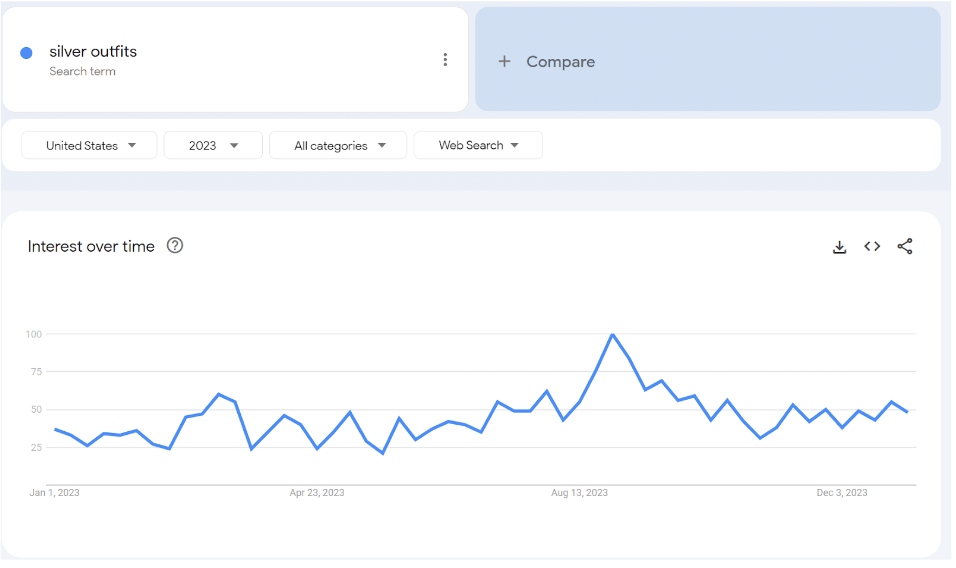
Truly, this is the power of Beyonce at work.
The SEO and pop culture enthusiast in me is always giddy when we find things like this in Google Trends.
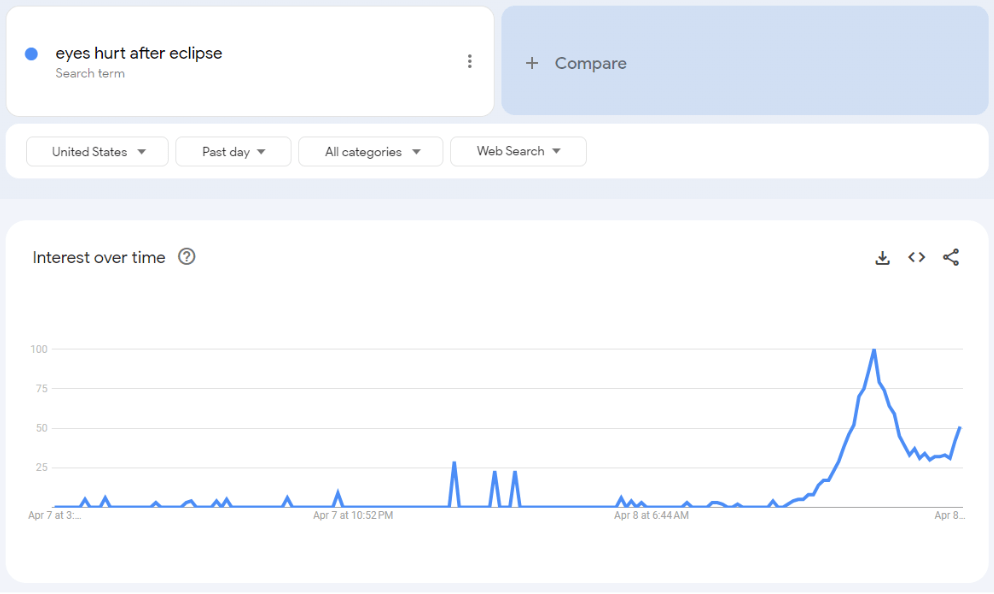
Another more recent Google trends find circulated after the eclipse on April 8th, 2024, when search interest for “eyes hurt after eclipse” spiked across the states in the path of totality.
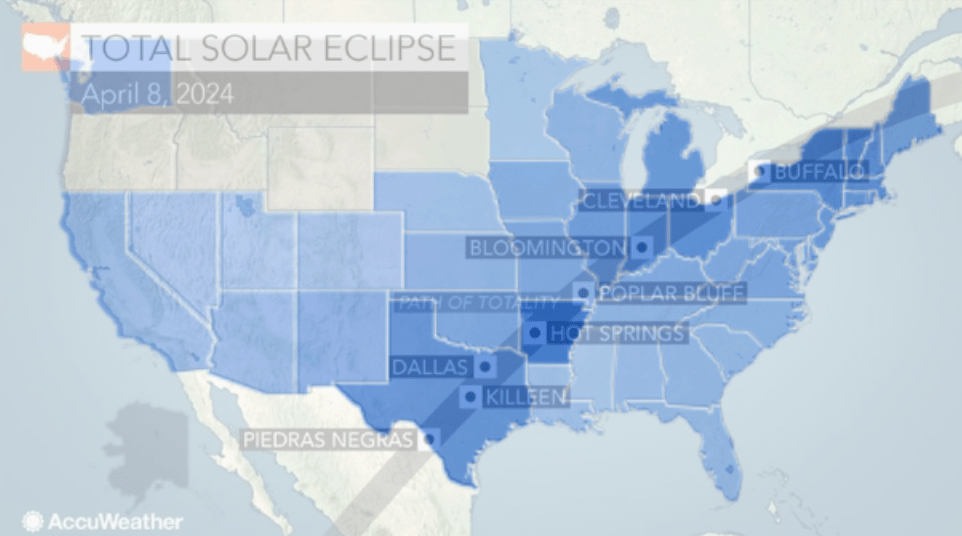
With the number of people using Google, Google Trends has become a weather vane for pop culture and current events. Just like how a weather vane shows which way the wind is blowing, Google Trends helps indicate the direction and strength of search interest around various topics.
In the world of trends and creating topical content, Google Trends has a lot of very obvious value, but it’s also an incredibly powerful tool for your evergreen SEO strategy. It can be a goldmine of actionable data for marketers, used to make informed decisions, create engaging content, optimize marketing campaigns, and ultimately reach your target audience more effectively.
Google Trends is relatively straightforward in how it works. Google is able to track what users are searching for, how frequently those searches occur, where they’re coming from geographically, and, of course, when those searches are happening.
When you’re looking at the Google trends graph for a topic, you’re seeing it measured on an index scale of 0 to 100. Here is how the scale works:
Search index is not the same as search volume. Google Trends shows you when people were the most interested in a topic or query within a time frame. While one can impact the other, they are data points that should be used together, not separately.
You can compare terms or topics on this scale as well. I like to compare term or topic variations to better understand search behavior and interest trends within a set of keywords. This is also helpful when you’re researching an emerging or changing industry.
Things like AI, cryptocurrency, and NFTs are great examples of terminology changing or becoming more prevalent in a rapidly changing industry. Slang or abbreviations and their impact on search behavior are also worth considering.
Once you’ve identified your terms, you can change your time frame - Google Trends lets you go all the way back to 2004 for search data. You can choose a specific category, which you might want to do if your query or topic has dual meanings in other industries. You can also choose what type of searches you’d like to evaluate, like shopping or YouTube searches, which can be helpful depending on what you’re trying to research.
Drilling into geographic data can also be very insightful. If you are running a local SEO campaign, you can find things like the states, cities, or counties that drive the highest number of searches for your query. With that insight, you can adjust your optimization strategies or target specific areas where your keywords are of interest.
As an SEO, I’ve frequently used this tool to get a better measure of brand interest. If you’re reviewing your analytics or search console data and you notice something like your homepage losing organic visibility and traffic I typically go to Google Trends.
I’ll review the brand name as a search term compared to similar brands or businesses to understand two things:
Because trends is a measurement of demand, SEO typically isn’t a solution for something like a decline in searches for a brand, however it is important context in understanding your organic channel performance. It can help you ask more informed questions about other channels that drive demand. Examples of things that typically cause a decline in branded searches could be:
A really great example is the shift from Skype to Zoom. At one point Skype was a household name that was used interchangeably for any video call and became a verb.
Friends asking you to ‘Skype’ later was not uncommon. However, at the start of the pandemic Skype saw a decline in branded search interest and Zoom leveraged the opportunity and branded searches skyrocketed as people started using Zoom as their new verb for video calls.
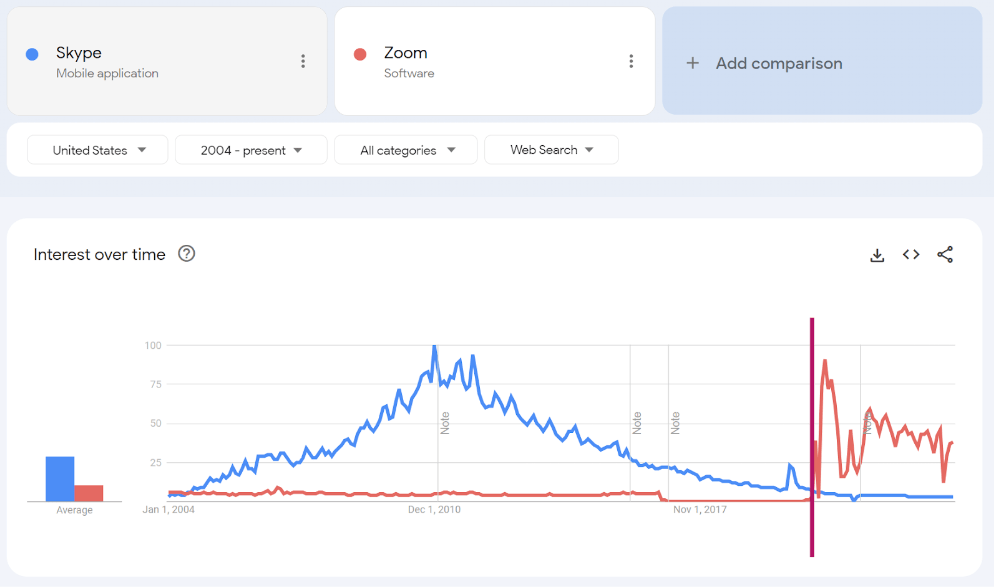
Tracking your brand performance provides context for your traffic and overall organic strategies.
In all this data and context, it’s important to remember that there are people on the other end of these searches. Often, when we identify keywords, we only look at search volumes or prioritize search volumes first.
Search volumes are averaged out, so adding trend data as context for those volumes is incredibly valuable. You may find that keywords are being searched more or less frequently in different markets or at different times of the year.
Once you’ve used your keyword research tools to identify the most important terms for your business, you can input those into Google trends to gain more insight into whether those terms are on a rise or decline. You can also look at related topics or alternative terms and compare terms to start your campaign with the best opportunity in mind.
Many businesses deal with seasonality and nuance in search interest for their brand or their primary keywords.
Here are some examples of business types and how they are impacted differently by seasonality:
Identifying your business's seasonality helps you identify new marketing opportunities, better time your campaigns, and look at trends year over year for variations of your keywords. Maybe this year, some of your queries are more or less relevant than the year prior. This helps give context to your search traffic and reporting.
So when you see a topic or keyword relevant to your SEO campaign or business start to spike, what should you do? In my initial Beyonce example, there was certainly a way for fashion brands or fashion bloggers to act.
E-commerce brands could create a page with a collection of all their silver outfits or accessories optimized for the term. Some brands even optimized their pages for the tour - we saw a lot of this happen when brands tried to convert users looking for outfits for the Taylor Swift ERAS tour.
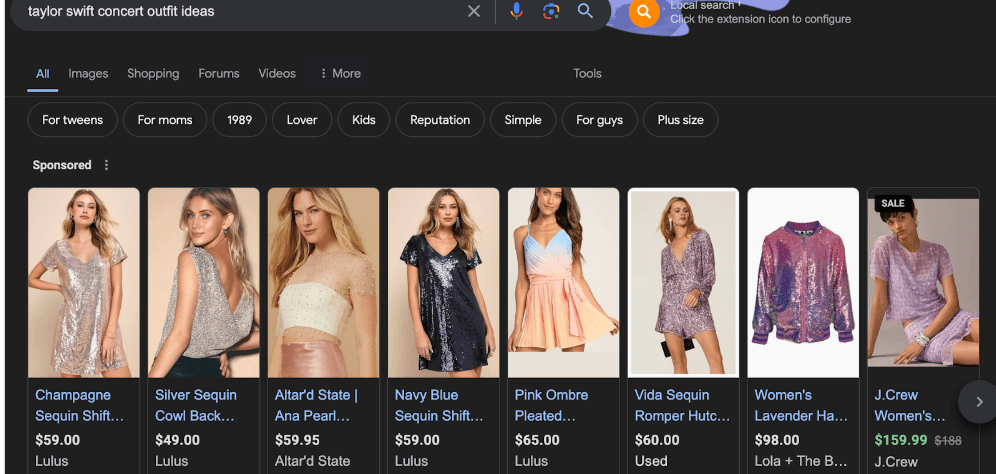
Fashion bloggers or other longer-form content publishers in the space can generate shopping guides, style guides, or outfit highlights specific to the search terms. There is also an opportunity to create things beyond written content, knowing that users are looking for all types of content. Varying your content types is excellent for your SEO strategy.
You can easily find trending video topics within your Google Trend data or look at other content formats, such as podcasts, image or graphic creation, and more.
Google Trends data can be incredibly powerful in your SEO strategies and reporting, and it’s often overlooked. It can provide a lot of context around location and timeframes for your campaigns that are missing when you only look at your own data or search volumes alone. Analyzing your brand performance in Google Trends can give you more insight into the impact of your other marketing channels or ways you may need to improve your overall brand presence.
Trend data can be fun or funny as we review it to understand user behavior and search patterns in popular culture or current events; however, including it in your keyword research or SEO reporting will give you a huge edge and improve your campaign success.
If you're looking to develop an award-winning SEO strategy, contact the team at Ignite Visibility to help get you started.
Jen Cornwell is the VP of SEO at Ignite Visibility with over 10 years of experience in the industry. She specializes in search engine optimization strategy with experience in all types of site and verticals. Jen is also leading initiatives and strategies in the AI space as LLMs and search continue to evolve. Jen is passionate about creating user-first customer journeys in her campaigns and connecting people with the solutions they’re looking for via search. She has a
proven track record of success in helping businesses grow their organic visibility and achieving their marketing goals.

